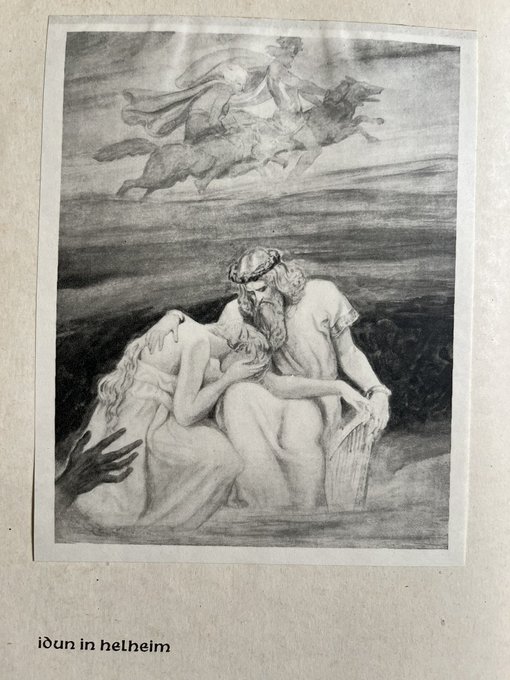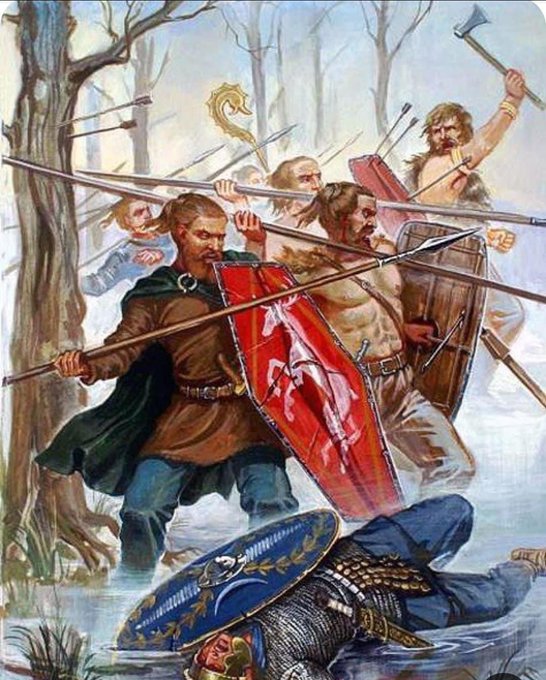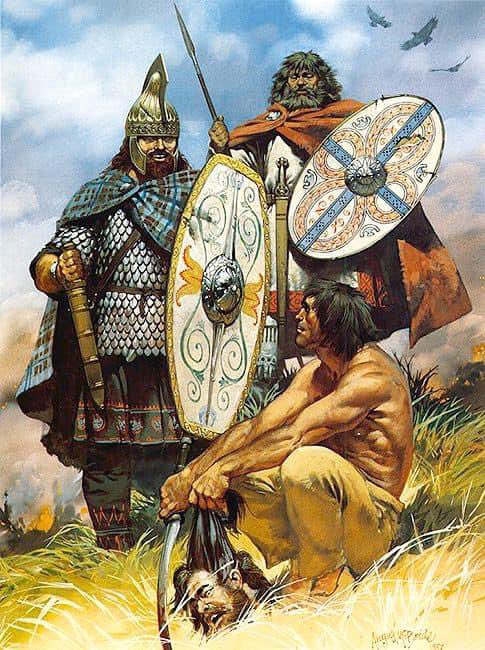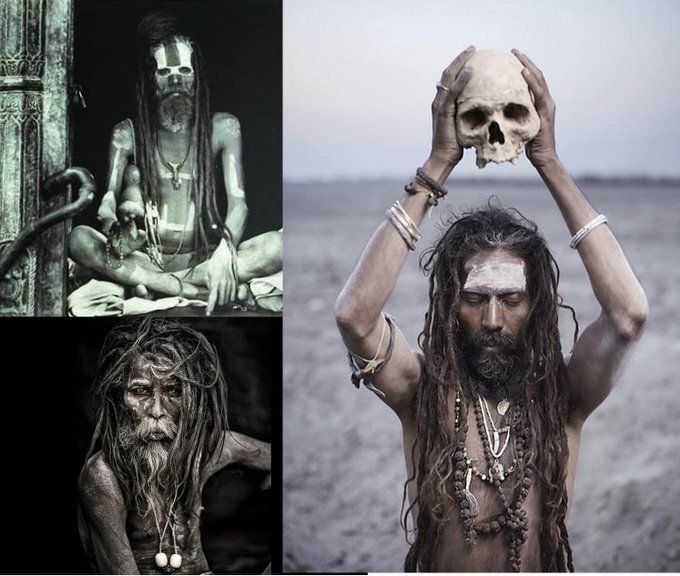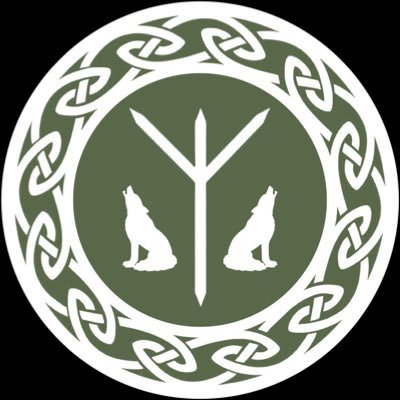
Sagnamaðr Stark
@Sagnamadr
Followers
4,982
Following
211
Media
1,633
Statuses
4,793
Independent Indo-European historian. Germanic pagan. Outdoorsman. Goði. ᛟ
Iceland
Joined June 2023
Don't wanna be here?
Send us removal request.
Explore trending content on Musk Viewer
MOONLIT FLOOR OUT NOW
• 262478 Tweets
JUMP
• 209784 Tweets
Mets
• 163607 Tweets
Falcons
• 66985 Tweets
Baker
• 64425 Tweets
天使の日
• 50895 Tweets
Pete Alonso
• 47049 Tweets
Diana
• 41942 Tweets
Bucs
• 27873 Tweets
Kirk Cousins
• 27492 Tweets
#PowerGhost
• 24940 Tweets
Bijan
• 21801 Tweets
Mooney
• 17983 Tweets
HAVE A SAFE FLIGHT JIN
• 16792 Tweets
Hayırlı Cumalar
• 16229 Tweets
ワートリ
• 15554 Tweets
#PowerBook2Ghost
• 14552 Tweets
Tariq
• 14094 Tweets
感謝マルチガチャ
• 13920 Tweets
Cane
• 13295 Tweets
Bleed
• 11622 Tweets
PRABOWOsiapkan YangTERBAIK
• 11411 Tweets
最大4体ゲット
• 11045 Tweets
人達同士
• 11007 Tweets
KEKUATANkita PERSATUANkita
• 10838 Tweets
Hodge
• 10268 Tweets
Bielsa
• 10053 Tweets
Last Seen Profiles
@hringhorni1
Varg’s acolytes legitimately get angrier than Christians upon seeing pics of pagan rituals and shrines.
11
12
204
@itsGespa
All these wannabe Boniface lovers miss the point; if their religion were the one true religion, it wouldn’t have had to have been spread by force and coercion.
Not to mention, how Boniface’s story ends.
10
4
193
This is an excellent book; covers worship of Odin, connections with worship of Rudra/Shiva, and wolf warrior cults across Indo-European cultures.
Hey, look what I found…
7
36
170
























































